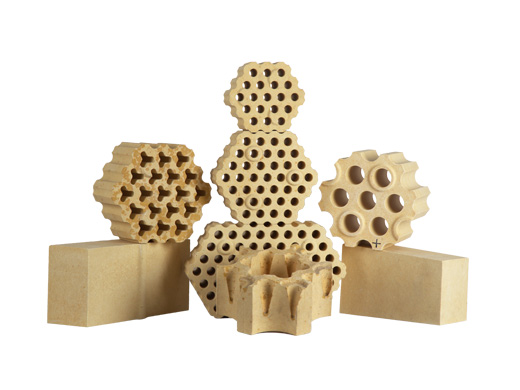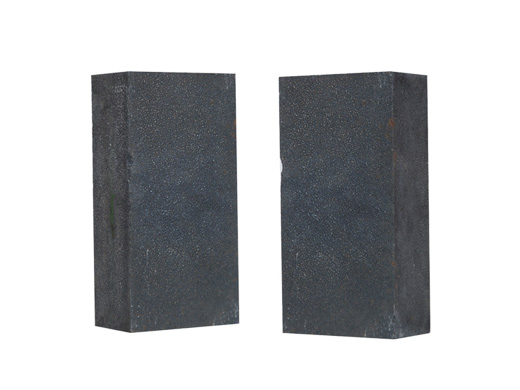What are the factors affecting the performance of wear-resistant steel fiber castables
Industry news | Refractory Wiki | Refractory news | Enterprise news |(1) Shape and appearance (the debonding and pulling of steel fibers from the castable is a main form of damage to the steel fiber reinforced refractory castable. If it is pulled out of the refractory matrix, the reinforcement effect is not good. In order to improve the contact friction between the steel fiber and the refractory matrix, the surface of the fiber should be rough to make the contact surface larger. The end is hooked, which can have a better strengthening effect.
(2) The aspect ratio (the ratio of the length to the diameter of the steel fiber directly affects the reinforcement effect. If the aspect ratio is greater than 100, the steel fiber is slender and easy to accumulate into agglomerates during stirring, which not only affects the construction, but also seriously affects the fiber distribution. If the aspect ratio is less than 50, there will be no obvious enhancement effect. The experiments show that the more suitable steel fiber length is 20~35mm and the diameter is 0.4~0.6mm, that is, the aspect ratio Division 1 of 5.0 to 7.5.
(3) Fiber volume occupancy The strength and durability of steel fiber reinforced refractory castables increase with the increase of the volume content of steel fibers, but the content is too high, which is not conducive to construction and is not economical. Generally, the weight content of steel fibers is 2 %~5%.
(4) The alloy composition of the steel fiber The alloy composition of the steel fiber has a direct impact on the reinforcing effect of the reinforced castable. Therefore, the appropriate steel fiber composition must be selected according to factors such as the operating temperature, thermal cycle working conditions and corrosive atmosphere.
(5) Temperature The calcination temperature mainly affects the performance of the wear-resistant steel fiber castable by affecting the performance of the catalyst. Under the condition of certain castable formula, the influence of alumina cement quality fluctuation on setting time is much smaller than that of construction temperature change. However, with the change of seasons, the environmental construction temperature is difficult to control artificially. Therefore, different admixtures are added in different seasons, that is, an appropriate amount of retarder is added when the temperature is high in summer to delay the solidification and meet the construction requirements, and an appropriate amount of accelerator is added in winter to accelerate the solidification, shorten the production cycle, and improve Early strength to meet the needs of on-site production. The influence of construction temperature on the performance of castables was studied. When the formula of the castables is certain, among the factors that affect the setting time of the castables, temperature is the main factor. Appropriate admixtures (retarders or accelerators) can effectively control the setting time of the castable.
Newest
- 2023-07-31
Properties of silicon nitride and its application in refract···...
- 2023-07-31
Properties of silicon nitride and its application in refract···...
- 2023-07-31
Properties of silicon nitride and its application in refract···...
- 2023-07-31
Properties of silicon nitride and its application in refract···...
- 2023-07-31
To explore the application of magnesia carbon brick in refra···...
Solution
- 2022-11-22
The technical requirements and production processes of fused···...
- 2022-09-06
Price Determinants of high alumina fire bricks...
- 2022-08-30
Technical performance and technology of silica mullite brick···...
- 2022-08-27
Refractory materials in various parts of the furnace and pre···...
- 2022-08-23
Magnesite chrome brick composition process classification...




